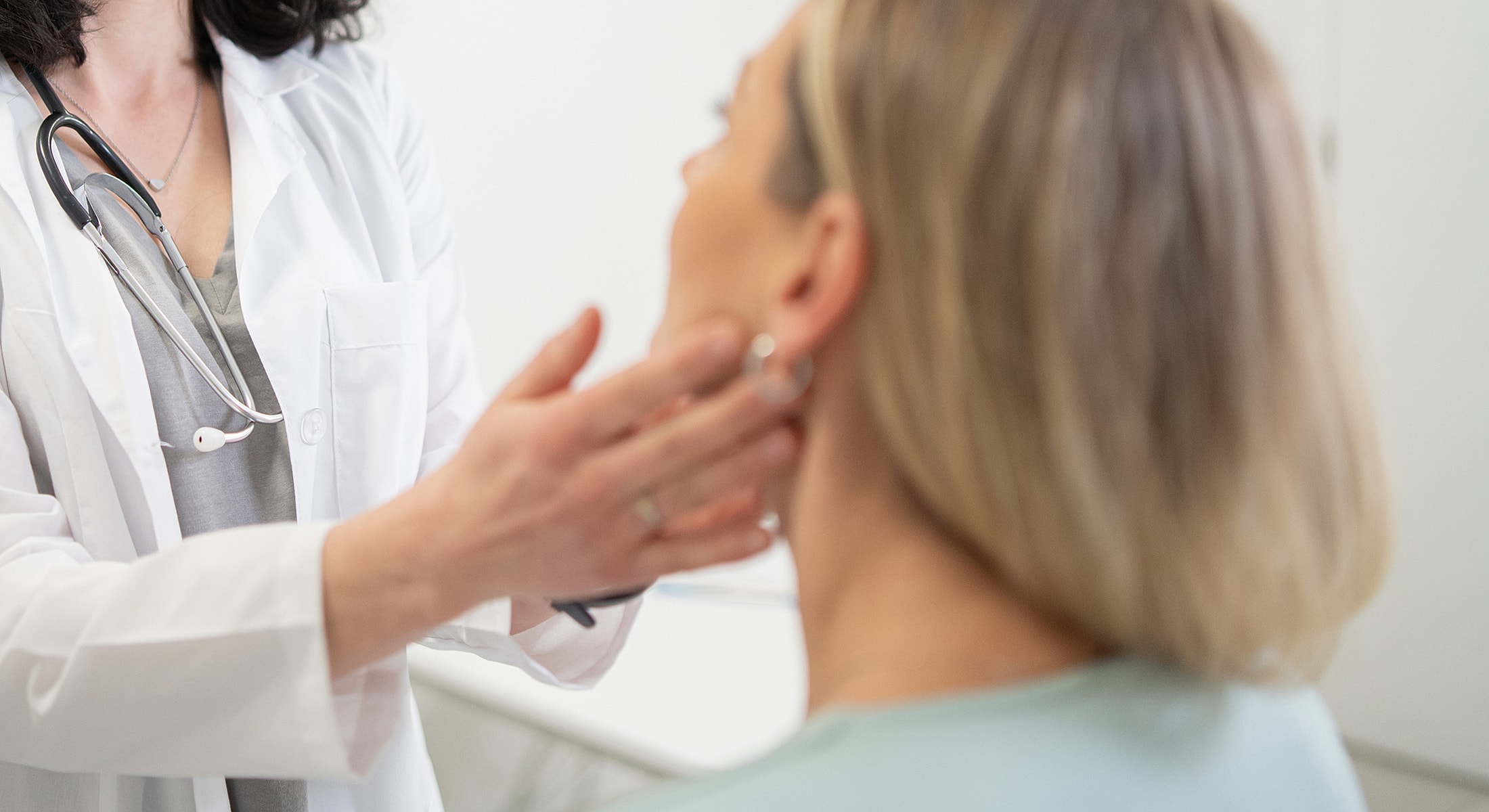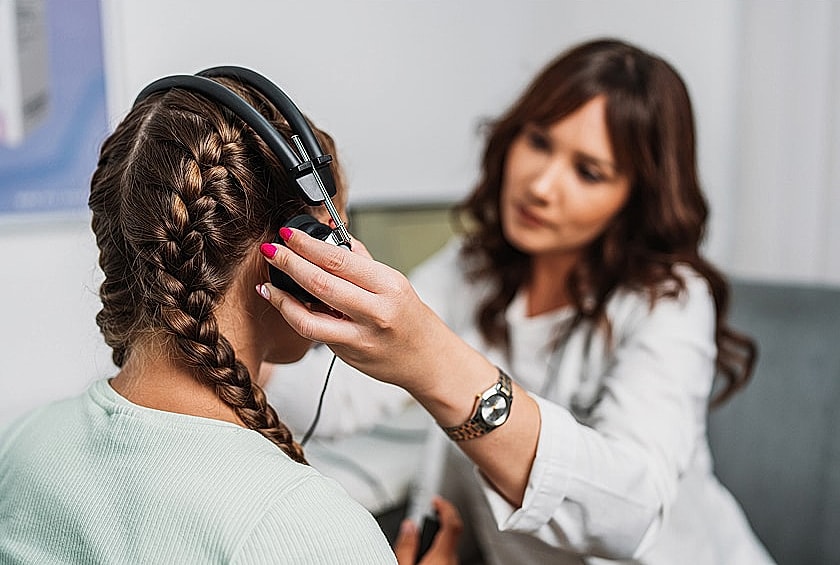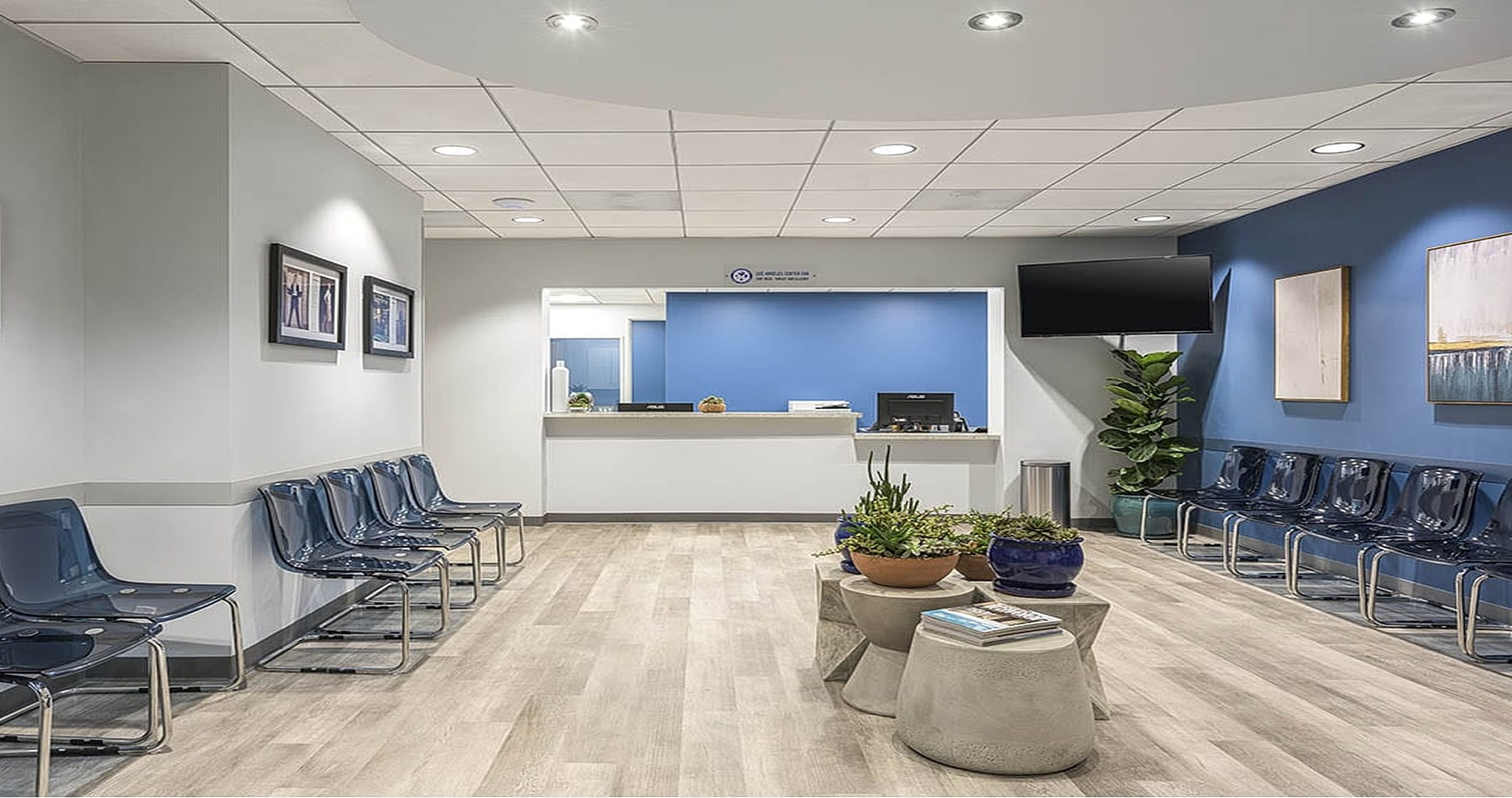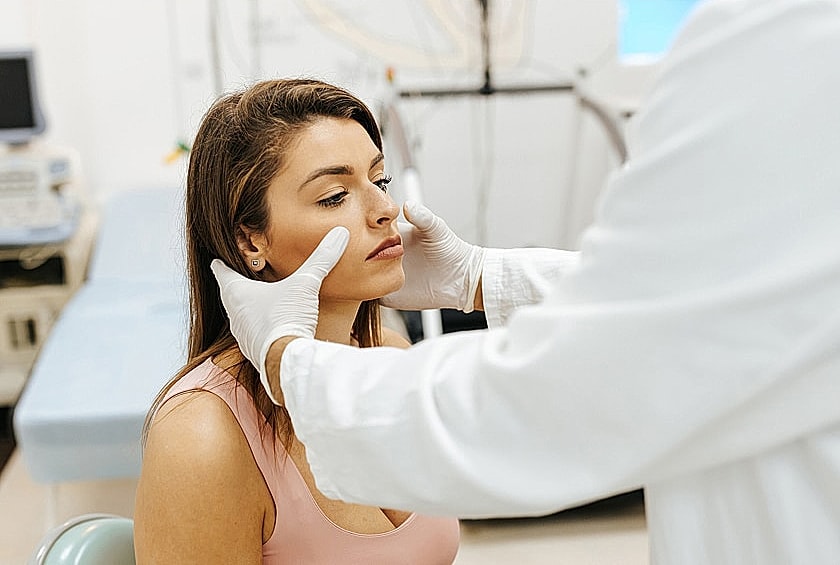
















The salivary glands play a crucial role in digestion and oral health, producing saliva that helps break down food and protect teeth. However, blockages, infections, and inflammation can cause pain, swelling, and difficulty eating or speaking. Traditionally, treating these conditions required invasive surgery, often resulting in gland removal and extended recovery times.
At SoCal ENT, we offer sialendoscopy, a minimally invasive, gland-preserving procedure that allows for precise diagnosis and treatment of salivary gland disorders. Using a tiny endoscope, our specialists can locate and remove blockages, relieve infections, and restore natural saliva flow—all with minimal discomfort and downtime.





Sialendoscopy is a minimally invasive technique designed to diagnose and treat blockages and infections in the salivary glands. The procedure uses a thin, flexible endoscope equipped with a high-definition camera and light, allowing specialists to navigate the salivary ducts with precision.
Unlike traditional surgery, which often requires removing the affected gland, sialendoscopy preserves gland function, ensuring continued saliva production for a healthy mouth. The procedure is performed through the natural opening of the duct or with a small incision in the mouth, reducing pain, scarring, and recovery time.
Step-by-Step Procedure:
Most procedures take between 45–60 minutes, and patients can go home the same day.
Sialendoscopy is an effective treatment for a variety of salivary gland disorders, including:
By addressing these conditions with sialendoscopy, we can prevent long-term complications and help patients regain pain-free saliva flow.

Compared to traditional salivary gland surgery, sialendoscopy offers several key advantages:
By using advanced imaging and micro-instruments, sialendoscopy provides precise, effective treatment with minimal downtime.

You may be a good candidate for sialendoscopy if you experience:
During your consultation, our specialists will review your symptoms and perform imaging tests to determine if sialendoscopy is the best option for you.

Patients who undergo sialendoscopy typically experience:
No, the procedure is performed under general anesthesia. Post-procedure discomfort is typically mild and similar to recovering from a pulled tooth.
Most sialendoscopies take 45–60 minutes, depending on the severity of the condition.
Most patients can return to work or normal activities within a few days, though some may need additional rest depending on the complexity of the procedure.
As with any procedure, there are risks, including minor bleeding, infection, or recurrence of the blockage. However, these risks are much lower than with traditional salivary gland surgery.
While sialendoscopy is classified as an "unlisted" surgical code, many insurance plans cover it. Our team will work to maximize coverage and minimize out-of-pocket costs.